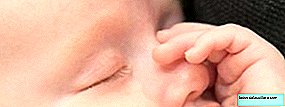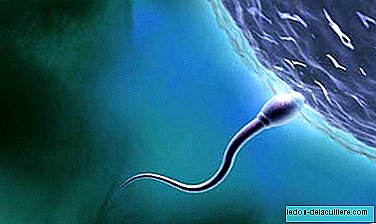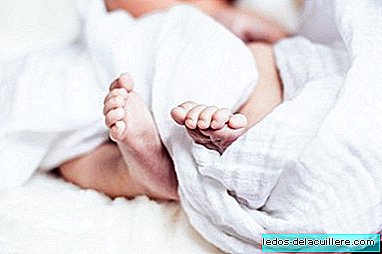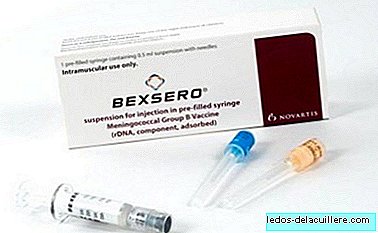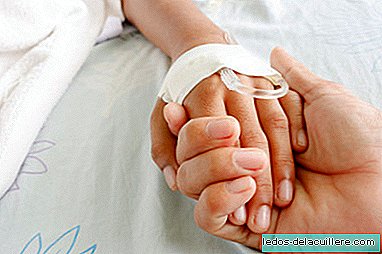
A seven-year-old German boy who was born with one of the most serious types of Epidermolysis Bullosa (EB), a disease better known as butterfly skin, was about to die to have almost his entire body covered with blisters. Especially in the extremities, the torso and the back.
His condition worsened due to an infection and he lost up to 80 percent of his skin. There was little hope until a medical team, led by specialist Michele De Luca, decided to take a risk and try a completely new technique that proved to be a success. They managed to regenerate 80 percent of their skin eliminating the mutation of the gene that caused his disease.
It is the first time that stem cells and gene therapy are combined to regenerate tissue.They extracted four square centimeters of the little healthy skin that the child had left, repaired the genetic defect of the skin cells by introducing the correct version of the LAMB3 gene, and then made the cells multiply to obtain layers that could be implanted on the child's body "It is a technique very similar to what we have been using in the past to regenerate skin damaged by burns," explains De Luca, co-author of the research, of the Center for Regenerative Medicine at the University of Modena (Italy).
The treatment was carried out two years ago and the little one already leads a normal life with his new skin grown in a laboratory. "We have treated children and, when they grow up, the stem cells self-regulate and continue to renew the epidermis," says the specialist.
Children with butterfly skin
The name of the disease is striking and even without knowing what it is, it already suggests extreme fragility. The Bullous epidermolysis (also known as blistering, blistering or blistering epidermolysis) is a rare genetic disease manifested by appearance of blisters, ulcers and skin wounds, especially in the mucous areas.
At the slightest touch or bump, the skin "peels off", staying in the flesh, like a great burn. The skin becomes fragile, weak, extremely sensitive, vulnerable and delicate, which is why it is called butterfly skin or crystal skin.
It causes a lot of pain and of course, the quality of life of children suffering from it decreases significantly.
In the most serious cases it can cause internal wounds to disease can cause blisters in areas such as the eyes and the esophagus, causing it to close and patients can not eat food.
The main concern is infections, since these can reach the blood and from there they can pass to the heart or other organ, explains Francis Palisson, dermatologist and member of the Debra association.
In Spain, they are detected every year between six and eight new cases of children with butterfly skin, a disease that affects about 500,000 people worldwide.


